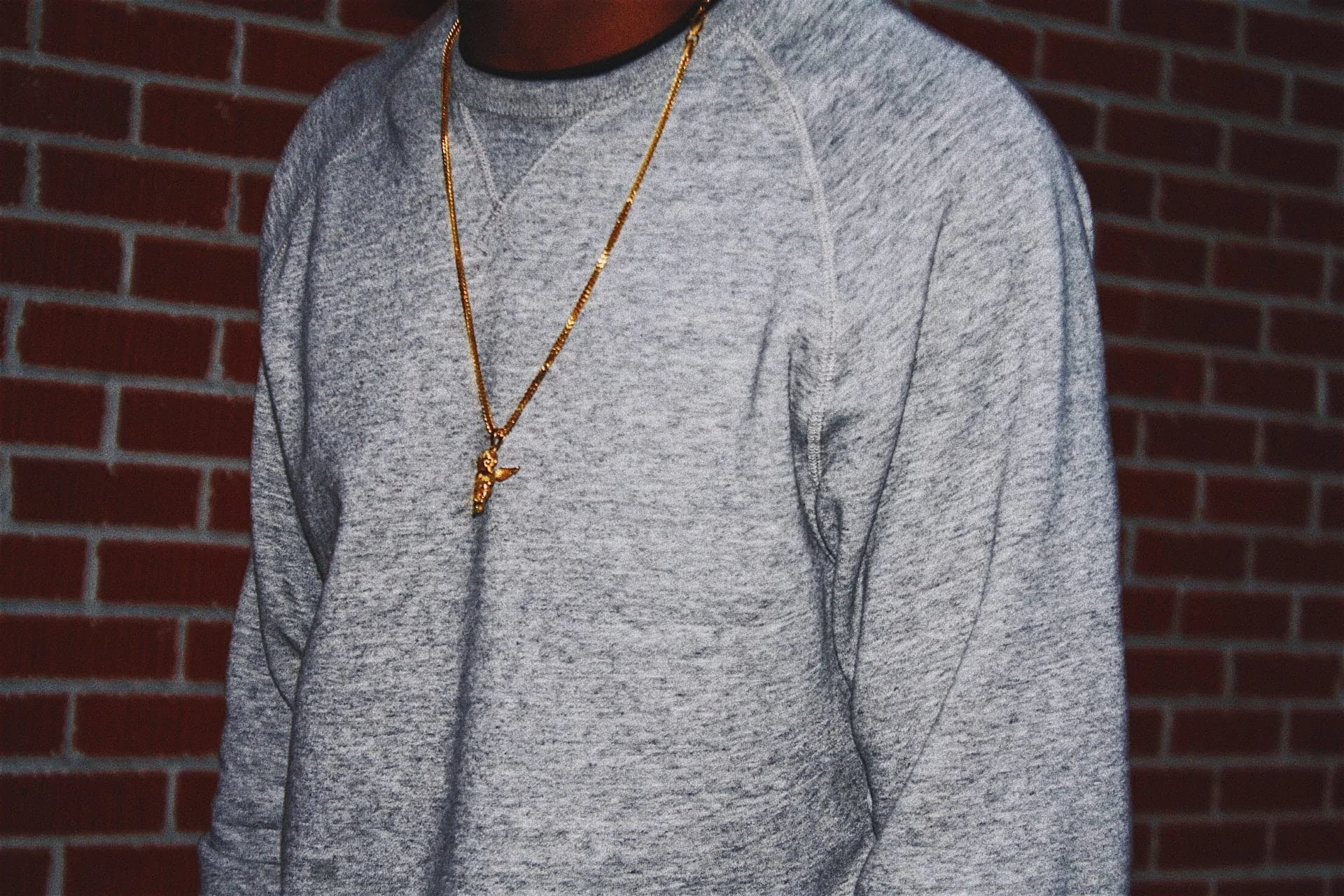
Table of Contents
As Jewelry Shopping Guide editors, we write about things that we love and we think you’ll like too. We often have affiliate partnerships, and may generate some revenue from these links at no cost to you.
If you have visited the jeweler and bought a pendant that you liked, the only thing left to do is select a chain that complements it. But this isn’t an easy task, since there are lots of chain styles and designs to choose from. Although purchasing a chain depends entirely on the preference of the buyer, there are certain factors to consider to ensure that the chain suits the purpose you purchase it for.
This guide will provide you with some tips and pointers to buy the most suitable chain for your pendant, taking into account the pros and cons of each type.
The Best Chains for Pendants
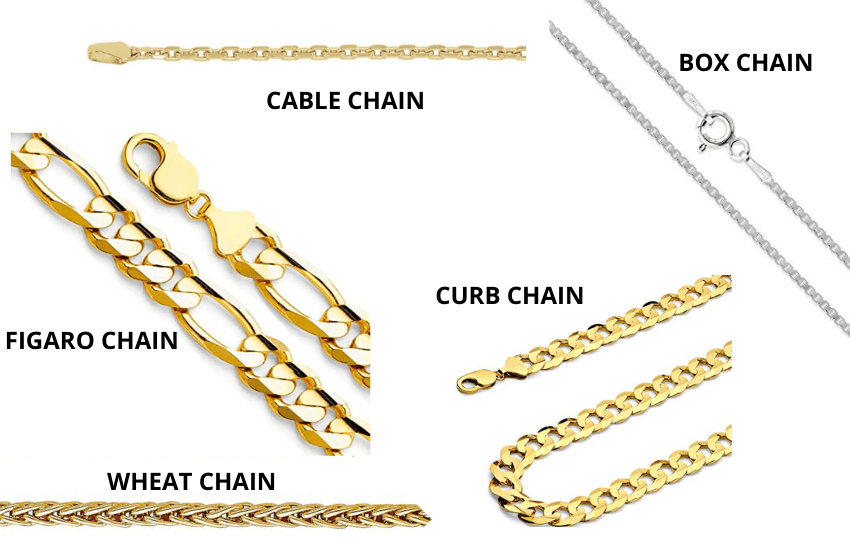
The cable, curb, box, belcher, figaro and wheat are the most suitable chains for pendants. Each of these chains are different in terms of style and design, but they are all similar when it comes to their strength and durability. All the chains stated above can withstand the weight of medium to heavy pendants. Additionally, the width of these chains can be adjusted according to the size of the pendant and the thickness of its bail.
A sleek cable chain is an ideal choice for elegant pendants, while the box and belcher chains are the best option for heavier ones. Curb chains, with their intricate patterns can be matched with any kind of pendant, fancy or plain. Wheat chains with their multiple links are stylish and also very sturdy. Figaro chains are also extremely sturdy and ideal when it comes to holding pendants.
The above listed chains are strong and sturdy enough to hold both large and heavy pendants. But choosing amongst them also depends on other factors, such as the size, color, design, and bail of the pendant. The taste and preference of the wearer is also a significant factor that must be taken into consideration before purchasing a chain.
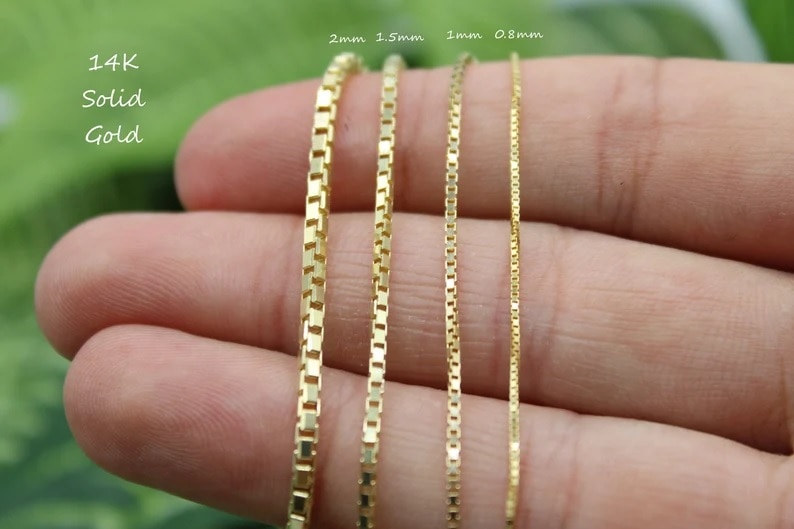
Chains That Don’t Suit Pendants
Not all chains are created equally. Some are simply too fragile to hold the weight of a pendant, while others don’t tend to suit the look of a pendant. Since we have already looked at chains that can be worn with pendants, let’s take a look at chains that can be better without them.
Chains such as the herringbone, rope, ball and snake, look lovely and beautiful as stand-alone pieces. They don’t require pendants to accentuate their intricate design or patterns. Moreover, all of these chains are too delicate to withstand the weight of medium or heavy pendants. For instance, the herringbone is a fragile chain that can kink and snap with the slightest pressure.
On the other hand, the rope chain is light-weight, brittle and can break very quickly. Snake chains, on the other hand, can be worn with small light pendants, but larger ones will stretch and break the chain.
Due to these reasons, it’s important to be mindful of a chain’s girth and durability. While the above-mentioned chains may look stunning in terms of their design, they are probably not strong enough to hold a heavy pendant.
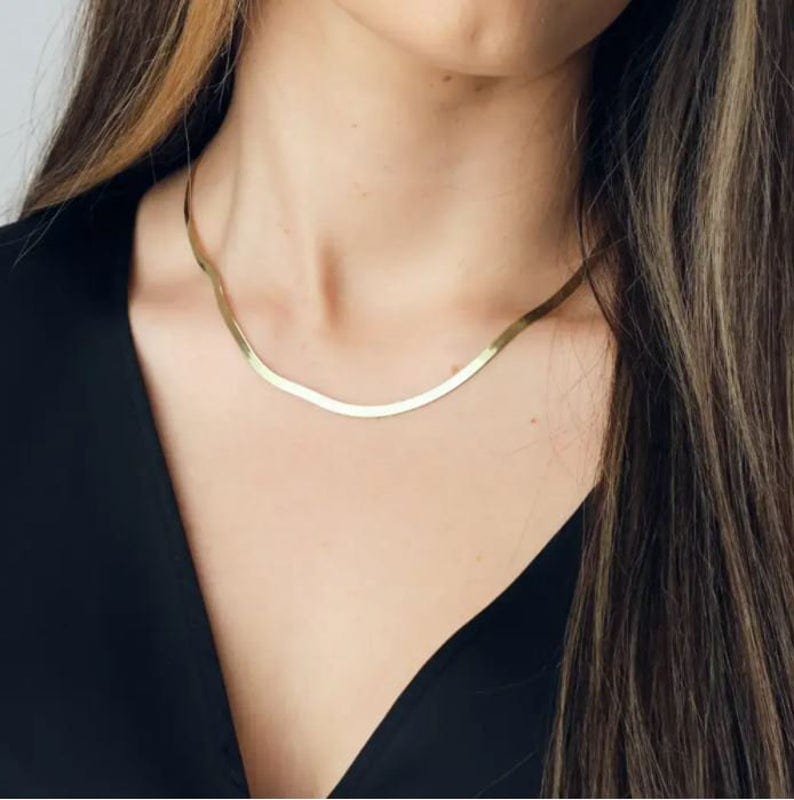
Length of the Chain
While choosing a chain, it’s important to consider the length, as this can greatly enhance the look of the pendant. Long chains that are 25 inches and above, are a great choice for larger and heavy pendants.
On the other hand, shorter chains, that range from 10-24 inches, look better if paired with lightweight small pendants. Note that these aren’t rules but simply guidelines. They wear shorter chains with larger pendants, and longer ones with smaller pendants. Therefore, the only thing that must be kept in mind is that the chain should be strong enough to support the pendant.
If there is still too much confusion regarding the length, extendable chains can be bought, so that they can be shortened or expanded according to your preference.
Color of the Chain
In general, the color of the chain should match the color of the pendant. For instance, if the pendant is made from white gold, then the chain would ideally be in either white gold, silver or platinum.
The chain doesn’t necessarily have to be the same metal as the pendant but would be the same color. If you buy a pure gold locket, and can’t afford a matching gold chain, you can go for other alternatives such as gold-plated chains or jewelry-bronze chains.
However, in recent years, it’s all about breaking the norm and there’s been a rise in mismatched jewelry styles. So, you don’t need to be restricted by any rules. If you want to rock a silver pendant on a gold chain, there’s no reason not to.
Pendant Bail Size
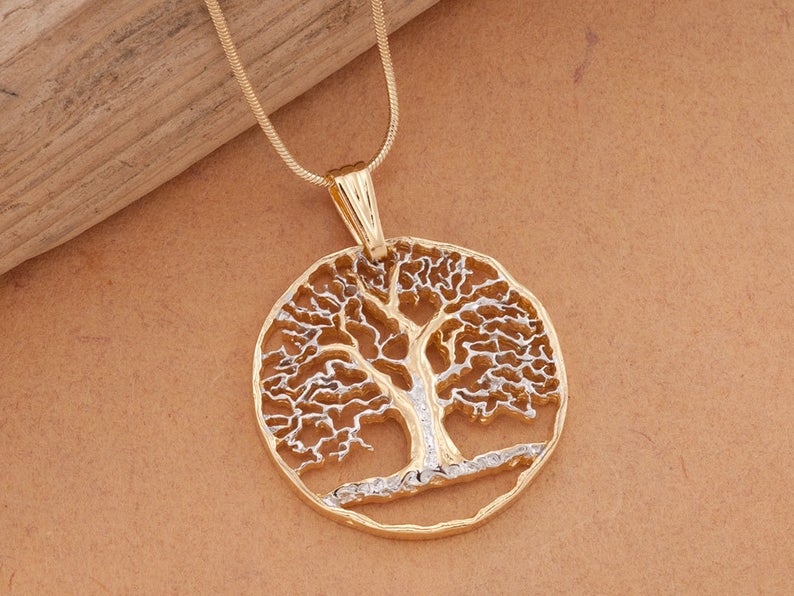
A bail, also spelled bale, is the loop that is used to attach the pendant to a necklace or a chain. This loop can be small or large depending on the size, shape, or make of the pendant. Bails with smaller widths are usually designed for light-weight chains than can hold smaller pendants, and those with large widths are best suited for thicker chains that can hold larger pendants.
The size of the bail must be taken into account when purchasing a chain, and the chain must be able to comfortably slide through the loop. The width of the bail is typically measured in millimeters, to predetermine which chain will fit it the best. If your pendant comes with a small loop, but you’re after a thick chain, you can ask your jeweler to make or attach a new bail that will fit a specific chain width.
In Brief
This guide has offered tips and pointers on the most suitable chains for different types of pendants. Not every chain will work well to hold a pendant, as some are more fragile than others. By considering factors such as the size of the pendant’s bail, the strength of the chain itself, its width and style, you’ll be able to choose the right chain for your purposes.









